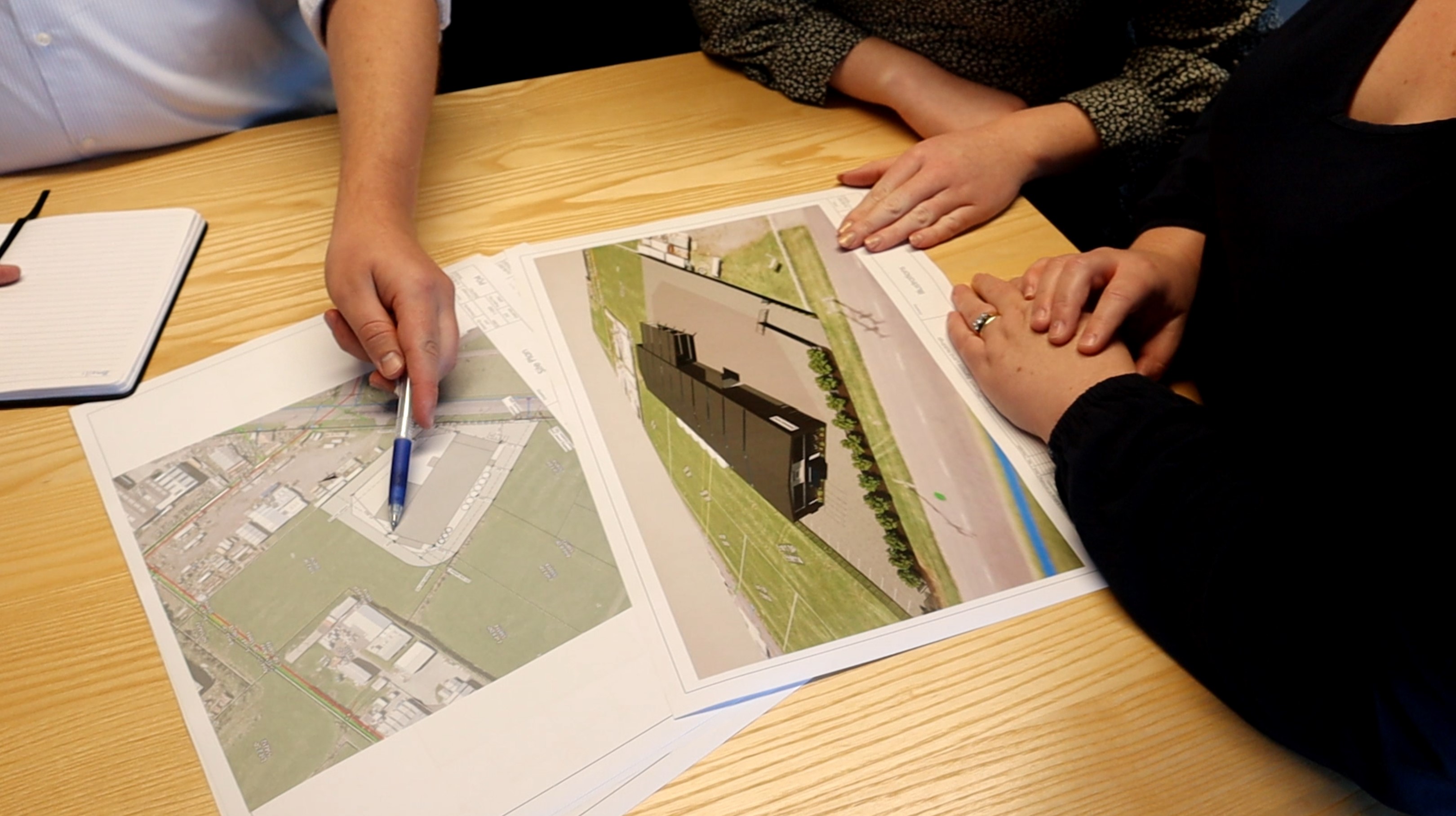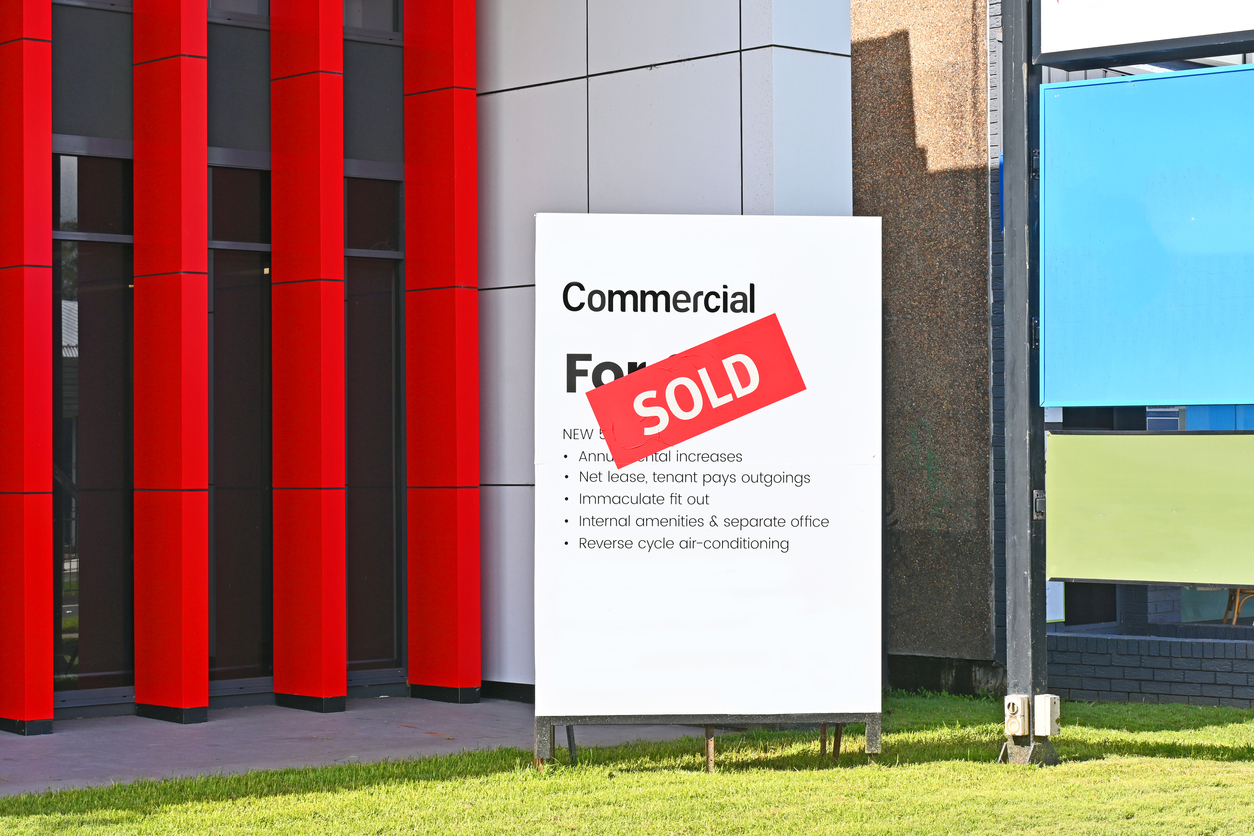Building on land subject to Natural Hazards
With an increased focus on climate change, many councils are reviewing and updating areas that they classify as subject to natural hazards such as flooding and erosion.
In some cases, councils are re-modelling the flood areas and places that have not been (at least in recent memory) typically flood-prone will now be affected.
This can have a significant impact on the value of a property as it is can affect the cost of insurance premiums and even the extent of the cover — as well as impacting the options you have around building.
How do I know if my section is affected by a natural hazard?
The first place to undertake research is the local and/or regional government council offices where information is gathered through various agencies and consultancies. This information may be recorded within environmental reports commissioned by the applicable departments, and/or on a property file as public information.
Documents within a property file that may contain this information include:
- Project Information Memoranda (PIMs): These can be project and date-specific and so may not include all natural hazards applicable on-site but can be a good starting point.
- Land Information Memoranda (LIMs): Not normally public record; gained through sale and purchase process.
Requesting general advice from council staff can also provide valuable information. Departments to consider include Building Consent, Resource Consent (town planning, environmental impacts, etc), Water and Waste, and Engineering. Each council can have slight variations in department titles so explaining what you need to the staff will help them to point you in the right direction.
Other options for gaining information on natural hazards affecting the site are:
- Site and surrounding area visit.
- Neighbouring property owners/tenants.
- Land Information NZ (LINZ) – title and associated documents can be searched for here.
- Local land surveyors, Geotech and structural engineers.
- Real estate agent.
- Insurance companies (coverage of existing site/buildings, neighbouring properties, potential coverage).
What is considered a natural hazard when building?
When gaining information from these various sources, it is important to understand the relevancy and applicability to building on the site in question. Under the Building Act 2004, sections 71 (found here) to 74 discuss the details of what a natural hazard is, when they affect construction, and the process to follow to mitigate or resolve the situation.
The natural hazards specifically listed are as follows:
- Erosion: Coastal, bank, sheet.
- Falling debris: Soil, rock, snow, ice.
- Subsidence.
- Inundation: Flooding, overland flow, storm surge, tidal effects, ponding.
- Slippage.
It is noted that earthquakes and tsunamis are not listed and hence excluded as natural hazards in this context, as emphasised by Auckland City Council in their natural hazard article.
When will a natural hazard affect my building project?
It is recommended to apply for a PIM if you are unsure whether natural hazards affect your site before finalising a design for building consent (refer to our previous article on PIMs).
If a building consent is required for the building work, a building consent authority (BCA) needs to consider the following before being able to grant approval:
- Is the building work:
1. to construct a building (new), or
2. to undertake major alterations (alterations to an existing building or group of buildings)?
NOTE – check with the BCA what they consider minor or major alterations, and - Is the land (new construction on an empty site) subject, or likely to be subject to one or more of the natural hazards listed above, or
- Is the building work (major alterations as above) likely to accelerate, worsen, or result in a natural hazard on that land or any other property? i.e. this includes where the building work may cause problems for neighbouring properties such as diverting inundation over a boundary.
How can I improve the chances of the BCA approving my building consent?
The BCA must grant the building consent if your application shows adequate provision has been or will be made within the building work to:
- Protect from the natural hazards:
- the land,
- building work,
- other property, or
- Restoring any damage from the natural hazards to:
- land, or
- other property caused by the building work.
This can include complying with minimum FFLs set by council to any new construction. These can vary across a site depending on the type and affect of the natural hazards; the size and topography of the site and the surrounding area; existing construction on and around the site including infrastructure; the proposed position of the new construction on site including its proximity to any roads; historical data gathered by council and modelling undertaken in predicting when, how, and how often events can occur. Sometimes information and recommended minimum FFLs can vary between council’s internal departments due to both legal requirements and future-proofing the area they are responsible for. Therefore, it is critical to discuss the options with all relevant parties to understand the absolute minimum requirements versus the future implications.
Why is Council asking me to approve a waiver or modification?
.png?width=1200&name=XL%20%20Blog%20images%20(1).png) The BCA is also required to grant your building consent if any natural hazards on site are not created or made worse (this includes accelerating the hazard) by the building work occurring. As part of this approval process, the council (as a Territorial Authority – TA) is obliged to consider what is known as a waiver or modification. This is where certain mandatory clause requirements of an NZ Building Code applicable to the project (e.g. NZBC B2 Durability) and affected by the natural hazards are agreed to be waived (compliance is not met) or modified (partially met) by all relevant parties.
The BCA is also required to grant your building consent if any natural hazards on site are not created or made worse (this includes accelerating the hazard) by the building work occurring. As part of this approval process, the council (as a Territorial Authority – TA) is obliged to consider what is known as a waiver or modification. This is where certain mandatory clause requirements of an NZ Building Code applicable to the project (e.g. NZBC B2 Durability) and affected by the natural hazards are agreed to be waived (compliance is not met) or modified (partially met) by all relevant parties.
Before this can happen, it is highly recommended you liaise with your insurance company as waiving or modifying certain aspects of any NZBC can affect your rights in the future should any events or activity affect your building or site. As part of this process, parallel discussions with your design team, such as XL Structural Steel’s compliance and consenting specialists, your legal representatives, and the BCA must occur as soon as possible.
Important information to consider is the type of building use or classification your building work relates to. This information can be located under NZBC A1 Classified Uses in the Building Regulations. For example, if you are constructing or altering a commercial or industrial premises as defined under building legislation (not RMA district plans, etc) you may find that some of the building code clauses are not applicable to your project. This can be seen in NZBC E1 Surface Water where the requirement for not allowing surface water present due to an inundation event of particular intensity to enter a building (E1.3.2) is not applicable for commercial and industrial buildings.
The waiver or modification process normally requires you as the property owner to complete forms with council before final approval can occur. Again, discuss the finite details with your design team before making any assumptions or decisions.
More information on waivers and modifications can be found on the Ministry of Building, Innovation and Employment’s (MBIE) website, Building Performance.
What documentation will be affected by this process?
If a building consent is approved with natural hazards affecting the construction taking place, then specific conditions will be added to the building consent documentation when granted.
As part of this process, they are required to notify the granted building consent to the applicable government land registry department. This will result in an entry appearing on the title of the land subject to the natural hazard and consent, allowing future owners advanced notification of any responsibilities.
The BCA should advise you of this during the consenting process. Again, this should be discussed with your design team, insurance company, and legal representative to understand any implications.
How will this affect my insurance?
In addition to the recommendations above in the applicable scenarios, contact must be made with your insurance company to determine how these processes may affect your coverage and premiums. It may also influence any future development on the land.


